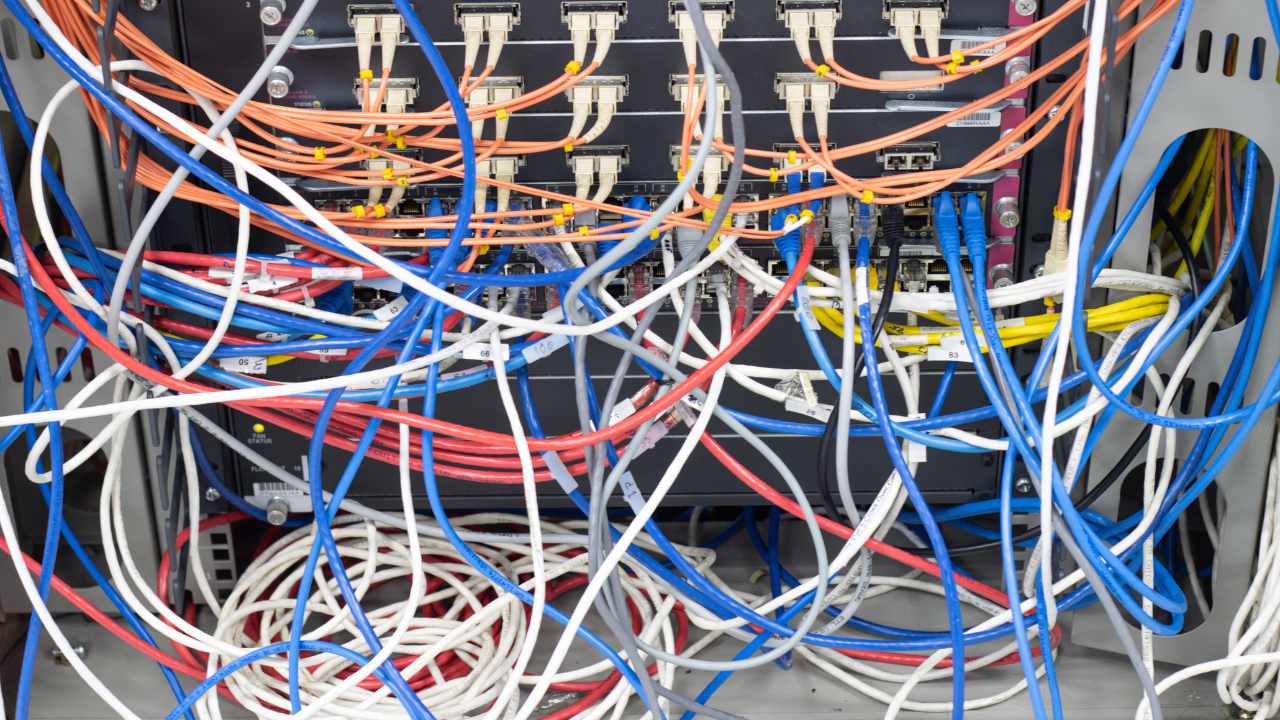Efficient Networking: The Role of Structured Cabling
Efficient Networking: The Role of Structured Cabling

Structured cabling plays a crucial role in modern networking infrastructure. It forms the backbone of efficient communication systems in various environments, from small businesses to large enterprises. This article explores the significance of structured cabling in creating efficient networking solutions.
Introduction to Structured Cabling
Structured cabling refers to a standardized approach to network infrastructure design. It involves organizing and managing cables, connectors, and related hardware to support data, voice, video, and other communication services. Unlike traditional point-to-point cabling, structured cabling uses a hierarchical and organized layout, making it easier to manage and maintain.
Benefits of Structured Cabling
Structured cabling offers several benefits:
- Scalability: Easily expand or modify network configurations without major disruptions.
- Reliability: Minimize downtime and improve overall network performance.
- Flexibility: Support various applications and technologies over the same infrastructure.
- Simplified Management: Streamline troubleshooting and maintenance processes.
- Cost-Effectiveness: Reduce long-term operational costs by implementing a structured approach.
Components of Structured Cabling
The key components of structured cabling include:
- Types of cables: Copper (e.g., twisted pair, coaxial) and fiber optic cables.
- Patch panels and switches: Centralize cable connections and manage network traffic.
- Wall outlets and jacks: Provide access points for devices to connect to the network.
Importance of Efficient Networking
Efficient networking is vital for modern businesses to stay competitive. It enables seamless communication, data transfer, and collaboration among employees, partners, and customers. Structured cabling plays a pivotal role in achieving efficient networking by ensuring reliable connectivity and high-speed data transmission.
Factors Affecting Structured Cabling Efficiency
Several factors can impact the efficiency of structured cabling systems:
- Cable length and quality: Use high-quality cables and minimize cable lengths to reduce signal degradation.
- Installation techniques: Follow industry best practices for cable routing, labeling, and termination.
- Maintenance and upgrades: Regularly inspect, test, and upgrade cabling components to maintain optimal performance.
Best Practices for Structured Cabling
To enhance structured cabling efficiency, consider the following best practices:
- Planning and design: Develop a detailed cabling plan based on current and future networking needs.
- Cable management: Organize cables neatly, use cable trays or racks, and label cables for easy identification.
- Regular testing and monitoring: Conduct periodic testing and performance monitoring to identify and address issues promptly.
Impact on Data Transmission Speed
Structured cabling significantly enhances data transmission speed by minimizing signal loss and interference. This is particularly crucial in environments where large volumes of data are transferred regularly, such as data centers or multimedia production facilities. With optimized cabling infrastructure, organizations can achieve faster data transfer rates, leading to improved productivity and reduced latency.
Support for Advanced Technologies
Modern businesses rely on a wide range of advanced technologies, including cloud computing, Internet of Things (IoT) devices, and high-definition video streaming. Structured cabling provides the foundation for integrating and supporting these technologies seamlessly. It enables the efficient deployment of new applications and services without compromising performance or scalability, ensuring that businesses stay competitive in today’s digital landscape.
Compliance with Industry Standards
Structured cabling follows industry standards such as TIA/EIA-568 and ISO/IEC 11801, ensuring compatibility and interoperability across different networking equipment and components. Compliance with these standards also facilitates easier troubleshooting, upgrades, and future expansions. Organizations that adhere to industry standards in their cabling infrastructure benefit from greater reliability, easier maintenance, and smoother integration of new technologies.
Future Trends in Structured Cabling
The evolution of technology continues to shape the future of structured cabling. Trends such as increased adoption of fiber optics, automated network management tools, and virtualization of network functions are likely to influence the design and implementation of structured cabling systems.
Conclusion
Efficient networking relies heavily on well-designed and maintained structured cabling infrastructure. By adhering to best practices, leveraging advanced technologies, and staying updated with industry trends, organizations can build robust networking solutions that support their current and future needs.








